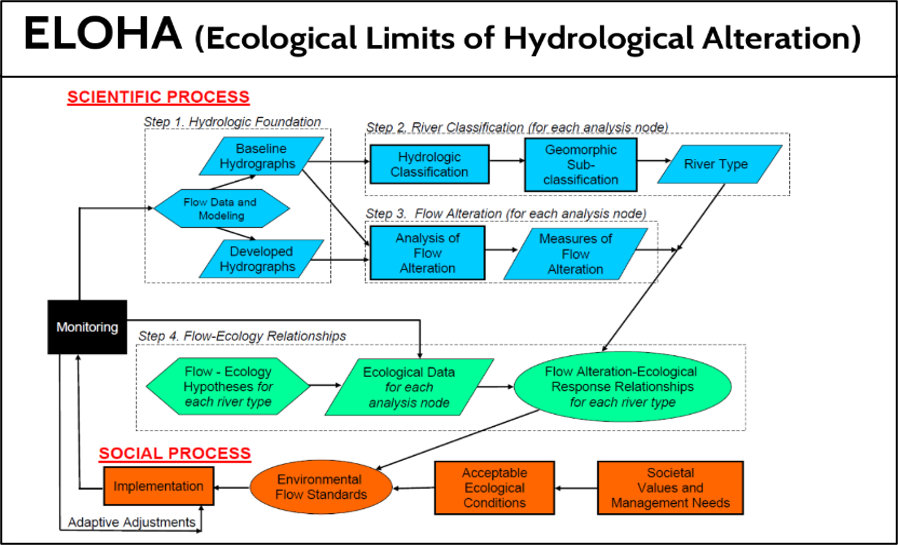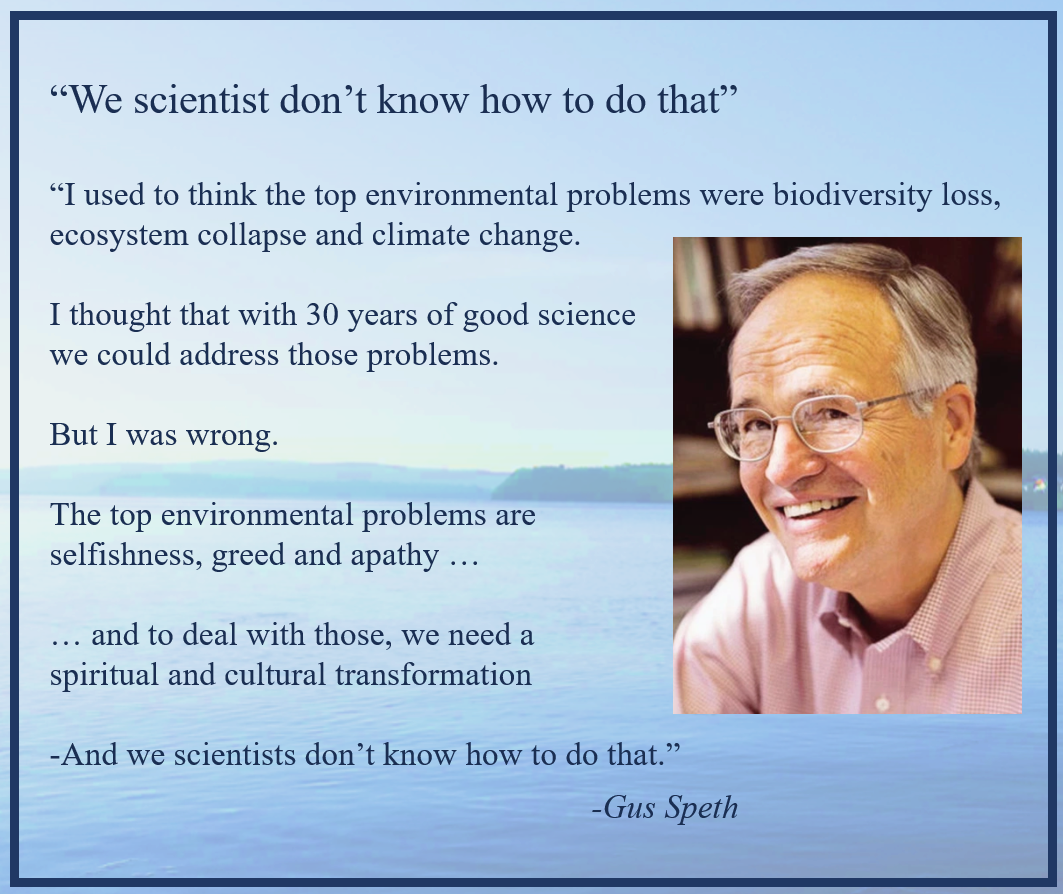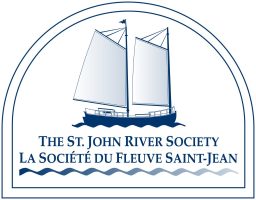- admin@stjohnriver.org
- (506) 450-8709
ELOHA is a scientific tool that helps us understand how changes in a river’s water flow affect the plants, animals, and overall health of the river. It guides us in making decisions to protect and manage the river in a way that keeps it healthy for both nature and people.
ELOHA stands for – Ecological Limits of Hydrologic Alteration
Purpose: The ELOHA model helps us understand how changes in a river’s natural flow, caused by things like dams, water use, or climate change, impact the river’s health. It guides us in finding a balance between human water needs and keeping the river’s ecosystem healthy.
Framework: ELOHA uses knowledge from hydrology, ecology, and social sciences to manage water flow in different rivers. It predicts how changes in water flow will affect the river’s plants and animals.
Application: This model is especially useful for managing large rivers, helping decision-makers create flow guidelines that protect the environment while allowing for responsible water use.

The ELOHA model is used to study the St. John River by analyzing how changes in the river’s natural flow—like those caused by dams, water usage, or climate change—affect its ecosystem. Researchers use this model to predict the river’s response to different flow scenarios, helping them develop guidelines that balance the needs of the river’s wildlife with human activities. This approach ensures that the river’s ecological health is maintained while supporting sustainable use of its resources.
Introducing our special magazine dedicated to celebrating the St. John River, a tribute to its natural beauty, cultural heritage, and historical significance. This unique edition, completed by the late Molly Demma, features in-depth articles, stunning photography, and insightful stories from community members and experts who share a passion for the river. Whether you’re interested in the latest conservation efforts, historical retrospectives, or personal narratives, this magazine offers a comprehensive look at the many facets of the St. John River. Stay informed, get inspired, and join us in our mission to honor and protect this vital waterway.
The results can be summarized into 5 key points:
Relationships with the river were most commonly described in the context of recreation and aesthetics.
Benefits obtained from the river reflected recreation, mental health, and well-being.
Participatory mapping highlighted locations where activities such as recreation, aesthetics, hunting, and fishing take place in the watershed.
Public and stakeholder concerns about the river highlighted the importance of water quality and the interconnectedness of the ecosystem and its role in providing social social benefits.
Some social benefits like recreation, can be received while there are changes to the river system, but other values like sense of place, are specific to a site and cannot be replaced.
Image Right: A word cloud of the public survey results (English and French responses included).
The social data compliments research previously completed on the environmental processes that take place throughout the watershed. The Mactaquac Aquatic Ecosystem Study (MAES) conducted by the Canadian Rivers Institute (CRI) initiated by NB Power to inform the decision around refurbishment, replacement, or removal of the Mactaquac Dam incorporated and adapted the ecological process of ELOHA to inform their study. Through this work, the framework was adapted to the whole river, but the data and outputs were limited to the scope of the MAES study. The social process, however, was not adapted through the MAES project.

The next step of the process is to determine what trade-offs are acceptable
for both social needs and ecological needs from the previous engagement and follow up with
key stakeholders and Rights Holder which brings the ecological process and social process
together to complete the 3rd step of creating flow standards. The final step, which will be
beyond the capabilities of an NGO, is implementation of the flow standards which will be a
policy and decision-making process undertaken by government as we are not the regulators.


(506) 450-8709
exec@stjohnriver.org